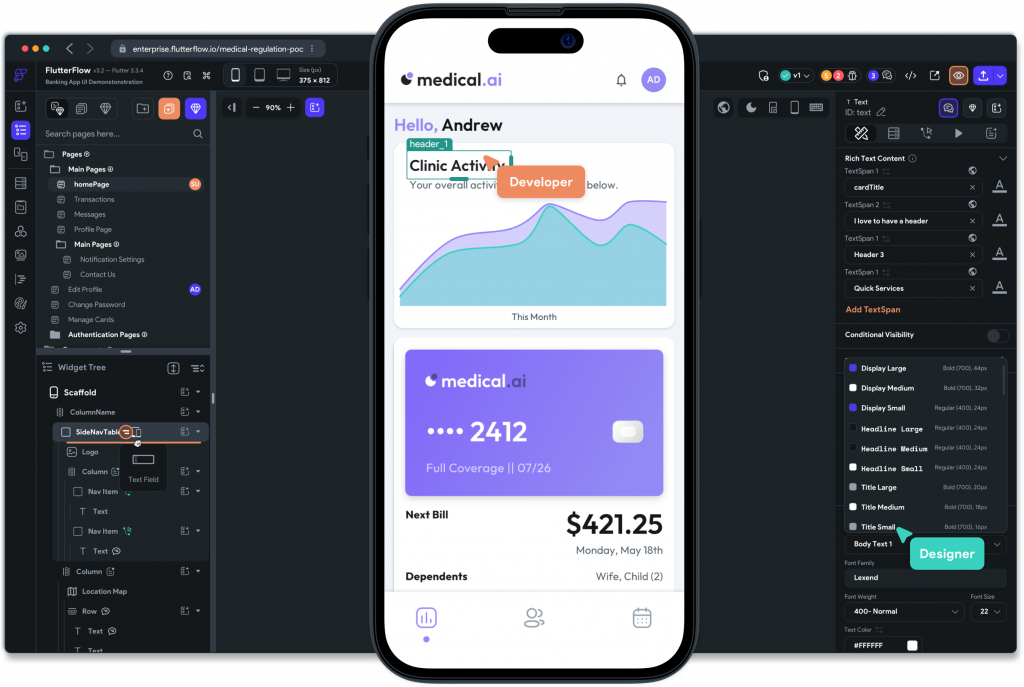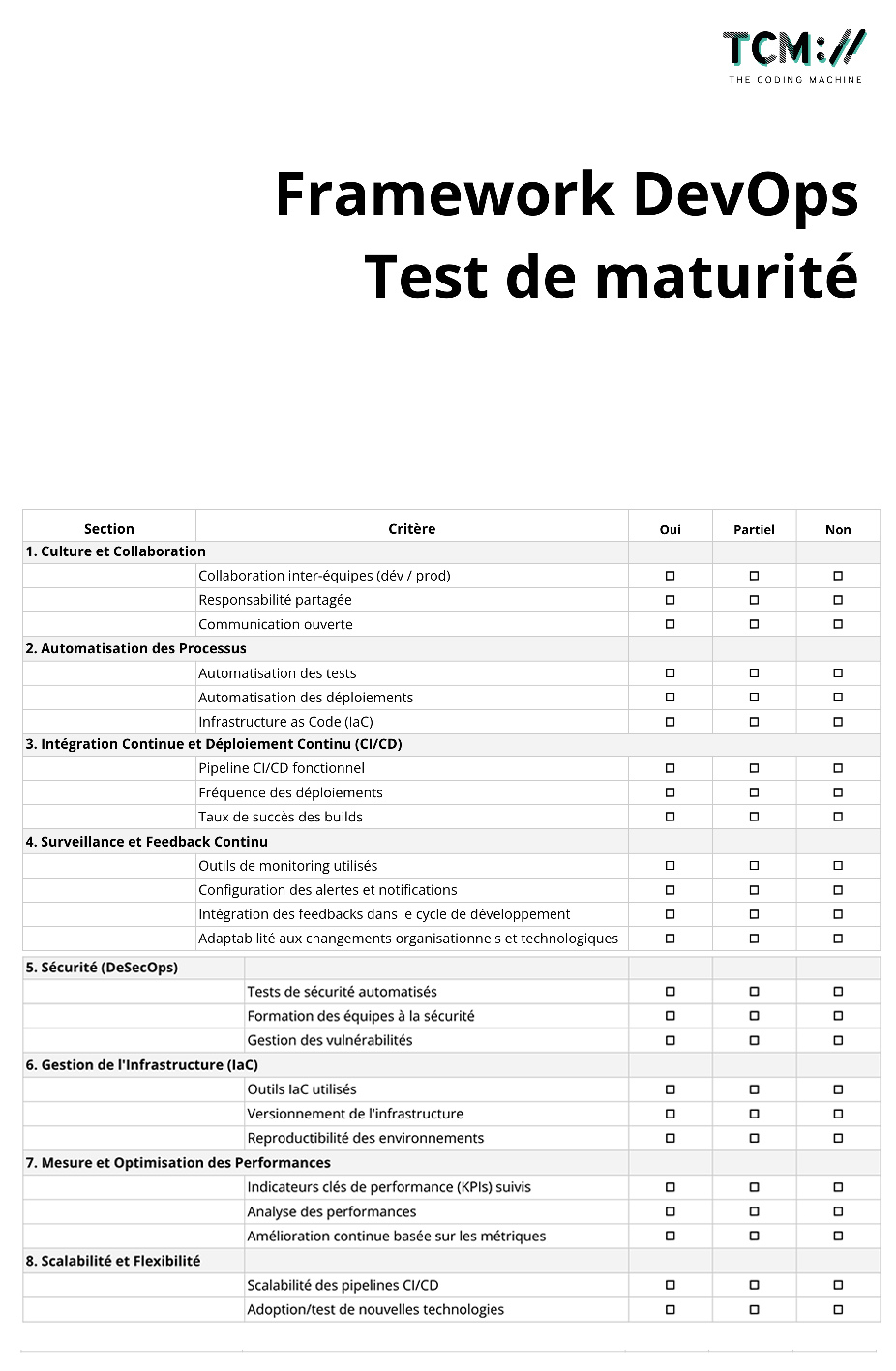FlutterFlow : Low-Code that generates native code
FlutterFlow is emerging as an innovative solution that promises to transform the way developers and designers approach application creation. This visual development platform for Flutter offers a fast and simple approach, making application development quite efficient! In this article, we’ll explore the benefits and key features of FlutterFlow, and discover how it may become a must-have tool for mobile app designers (or not).
An intuitive visual interface
FlutterFlow introduces a drag-and-drop visual design interface, enabling users to build (admittedly rather elegant) user interfaces without writing a single line of code! This approach democratizes application development by making it accessible to virtually everyone, while offering sufficient flexibility to satisfy even the most experienced users. By eliminating technical barriers, FlutterFlow opens the way to unprecedented creativity in mobile development.
Rich, expandable functionality
FlutterFlow is not just a design tool; it’s also a complete platform that integrates advanced features such as user authentication, the Firestore database, and even custom API integration. As a result, developers can create rich, interactive applications ranging from simple portfolio applications to complex e-commerce solutions. What’s more, FlutterFlow offers the possibility of adding custom Dart code, providing powerful tools for extending functionality beyond what is possible via the interface.
Collaboration and productivity
FlutterFlow also promotes team collaboration thanks to its integrated sharing and versioning features. Teams can work together in real time, sharing projects and UI components, accelerating the development process and improving application consistency. In particular, this collaborative approach enables rapid prototyping of an application.
FlutterFlow: a bridge to native code
Perhaps what we like best is that FlutterFlow generates native Flutter code. This means that applications created with FlutterFlow can be exported and enhanced in a conventional Flutter development environment. It’s a real novelty! This flexibility makes it an extremely powerful tool in the arsenal of any Flutter application developer.
Well, it does have a few drawbacks, we won’t lie to you…

Platform dependency
The platform introduces an additional layer of dependency into the development cycle. The applications developed are, to some extent, dependent on FlutterFlow’s features and limitations. If the platform doesn’t support certain recent Flutter features, or is slow to update, this can delay or complicate the implementation of these features in your application.
Versioning and source code management
Although the platform offers versioning options, developers accustomed to version management systems such as Github may find these features limited. Fine-grained management of branches, merges and rollbacks could be more complicated, especially in large development teams or for projects with a long and complex lifecycle.
Conclusion
So, we think it’s a real breakthrough in mobile app development, offering a powerful platform that combines simplicity, flexibility and collaboration. Whether you’re a UI designer aspiring to bring your creations to life, a developer looking to speed up the development process, or a team keen to work in a more integrated way, the platform offers the tools you need to turn your ideas into functional, aesthetically pleasing applications. With FlutterFlow, the future of mobile app development looks not only more accessible, but also more promising in terms of efficiency.
















